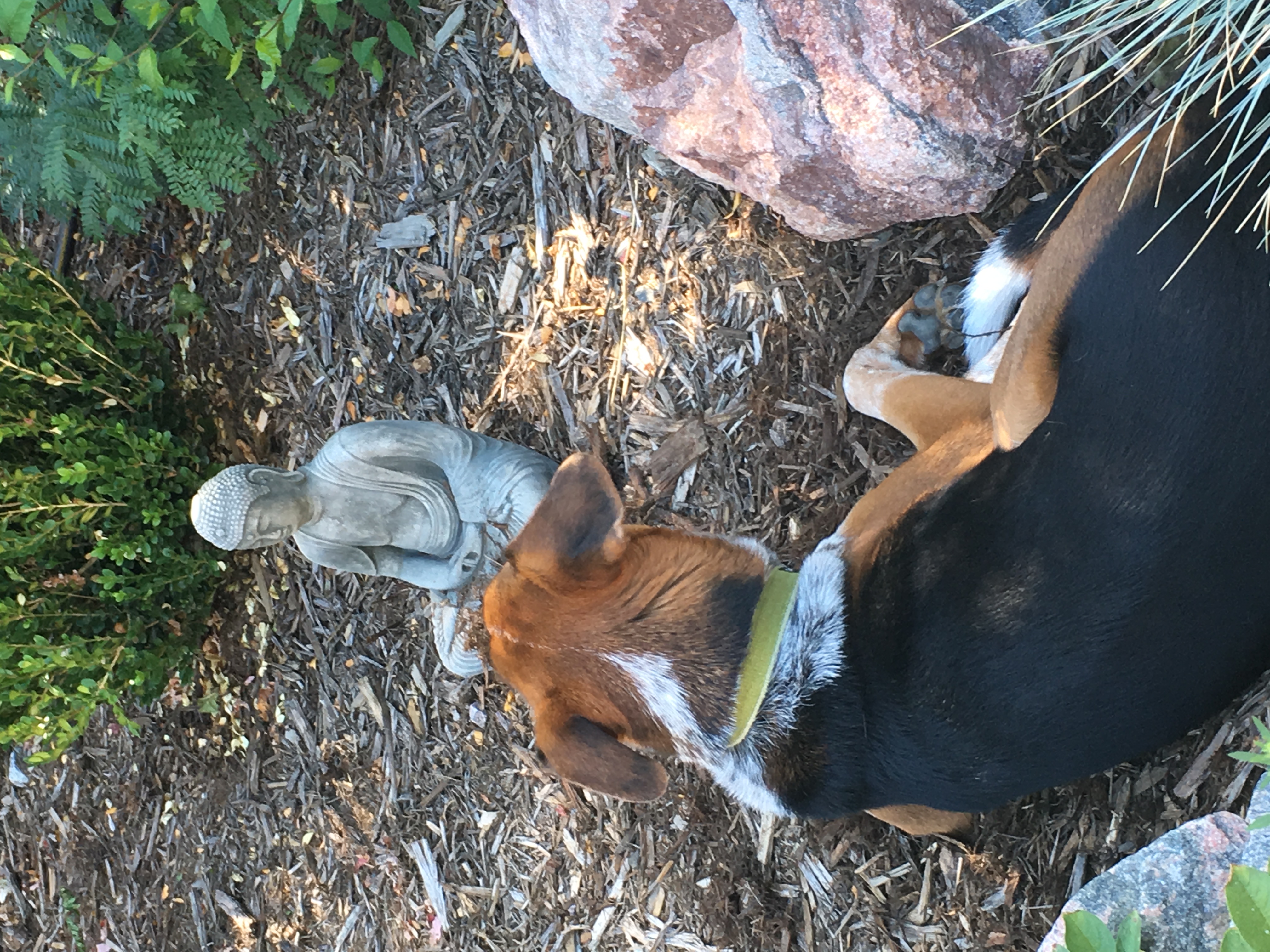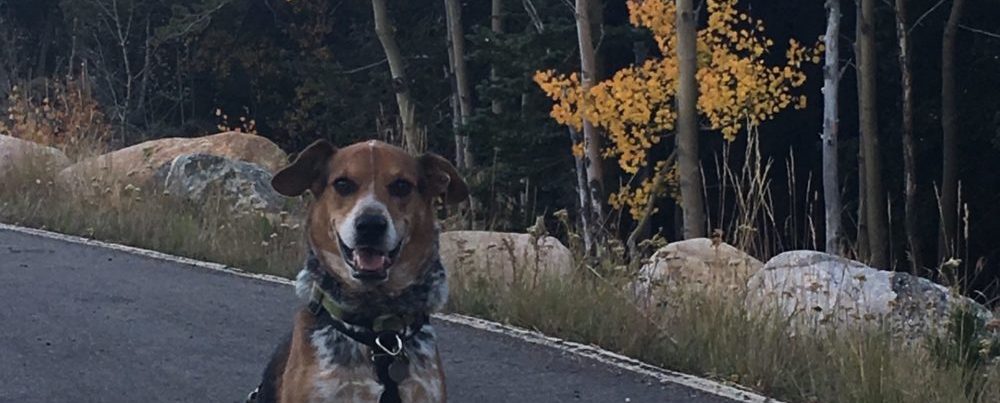 Mindfulness refers to being fully in the present moment, paying attention to what is happening in front of us, without judgement. It means getting out from under the barrage of thoughts that are constantly running through our heads, noticing they are just thoughts, and letting them go. (At least for a little while!)
Mindfulness refers to being fully in the present moment, paying attention to what is happening in front of us, without judgement. It means getting out from under the barrage of thoughts that are constantly running through our heads, noticing they are just thoughts, and letting them go. (At least for a little while!)
Mindfulness takes practice. A lot of it. It is often difficult to remember to be mindful, and to be able act mindfully, especially when we are overwhelmed and busy. We spend so much time thinking about what happened earlier, or what may happen in the future. Most of us make to-do lists in our heads, or replay conversations over and over. When we are mindful, we focus on what is right in front of us.
For example, when I take my dog for a walk, often my body is there but my mind is running around from thought to thought. I think about how much time I have before we have to head home. I check my phone for the time. When I do, I see that someone texted me, so I stop and read the text. Sometimes I will reply to it right there! (Embarrassing for the founder of Mindful Dog Training to admit, but there you go.) Then I realize I forgot to even notice the time, so I look again. At these times, I am not really “with” my dog.
In contrast, when I focus on being mindful, I may notice the color of the leaves on the trees, the sound of my dog’s collar when the tags jingle, the smell of a truck that just went by (not everything has to be pleasant.) Without much effort, we walk in harmony. We are in sync, both responding to the other’s movements. I walk faster, he walks faster. He slows to sniff something, I slow down too. I notice a flexibility in my body and mind during these moments, that I am able to move with him without either letting him yank me around, or me trying to convince him to go where I want to go. He responds easily to my body language without me having to give “commands”, as he is “with me.” On my “un-mindful” walks, that flexibility is simply not there. He slows down, I get frustrated. He pulls to the side to investigate a smell, I get frustrated. No doubt he gets frustrated with me too at these times.
Does this mean that just being in a mindful state will always result in lovely, peaceful walks with your dog? Heck no, especially if you have not yet done the (often difficult) work to help your dog understand and cope with the immense challenges that “loose leash walking” requires of them. And even dogs who generally do great on walks have bad days–don’t we all?? However, more mindfulness allows you to be more likely to notice the interplay of reasons for your dog’s pulling, lunging, etc. and not be as reactive yourself – then you can make some changes for future walks. (Hint: most dogs need way more support walking in neighborhoods than people appreciate.) Or if you do react, you would be more likely to catch yourself before you take it out on your dog, scolding him, jerking on his collar, and blaming him for how “untrained” he is or blaming him for not having the ability to remain calm in a difficult situation that you put him in.
You might think, “Mindfulness is great, but don’t I have to DO something if I want my dog to walk nicely, and not bark and lunge at any one?” Yes, of course there is work to do, maybe a lot. All I am saying is there is value in being present with your dog. For the sake of the relationship with your dog, the effectiveness of your attempts to teach him, and, as an added bonus, it often relaxes you—we can all use some of that!
So try it-next time you are on a walk with your dog, especially if you get frustrated with something s/he does, go someplace quiet, stop, BREATHE, and notice what is happening around you, with your dog, and within your own mind and body. At this moment, you don’t have to DO anything. Just be there with your dog.
